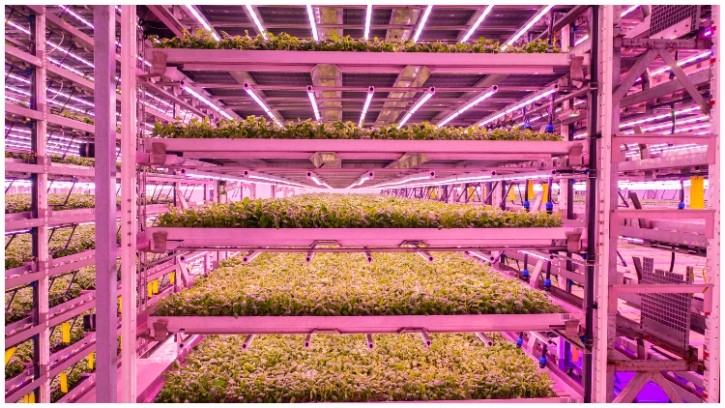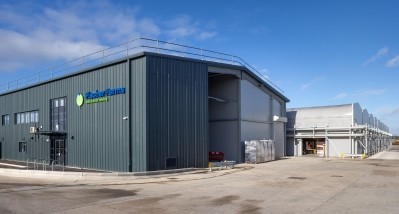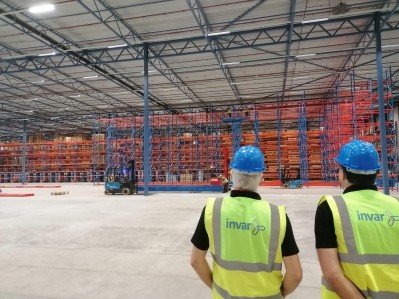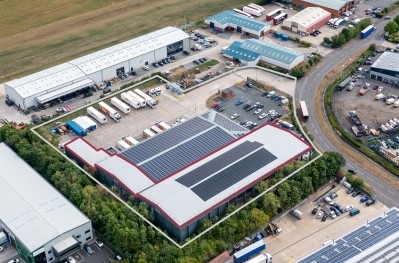News
Warehouse leasing transactions from food producers rise by 94%

Warehouse take up is set lessen, research from global property consultancy Knight Frank finds.
Leasing volumes for units larger than 50,000 sq ft are predicted to be 36 million sq ft in 2023, a significant drop compared to the year before (46 million sq ft), with 6.9 million sq ft transacted in the first quarter.
The shift, which will see warehouse take up return close to pre-pandemic levels, is largely a result of the slowdown in expansion among online retailer and distribution firms. In 2022, online sales accounted for 26% of total UK retail spend – a 4% decrease from 2021. While online retailers accounted for 20% of warehouse occupancy in 2022, compared to the record breaking 36% the previous year.
Going forward, online sales volumes are forecast to bounce back, rising to £147 billion by 2027, and as such, warehouse space will see a gradual lift during this period.
In 2022, manufacturers made up a quarter of all occupancy of warehouses and this trend has continued into 2023, with this sector representing 26% of all floorspace in Q1. This has seen significant growth, from 19% in 2021 and 10% in 2020.
Specifically, the last 12 months has seen bumper take up from food manufacturers – from vertical farms to wholesalers to breweries – up 94% from the previous year.
Approximately 33 million sq ft of space has already been completed or is expected to complete in 2023. However, new development activity is dropping as a result of inflated build, financial costs and softer exit yields.
According to Knight Franks, there’s been just four new development starts this year – a dramatic fall from 23 the last year. This indicates there will be limited availability towards the end of 2023 and into 2024.
Vacancy rates are near an all-time low - a mere 3.3%. These will remain below frictional levels between around 5% and 8%, contributing to ongoing rental growth, with a rise of 4.3% anticipated in 2023.
“We believe the temporary pull back amongst online retailers will be cushioned by an increasingly diverse range of occupiers, including food producers, manufacturing firms, data centres and film studios,” assured Claire Williams, Industrial & Logistics Research Lead at Knight Frank. “The market has already witnessed this over the past year, with more companies reshoring to ensure compliance with post-Brexit legislation and avoid costly tariffs or disruption. Manufacturing and distribution companies are also localising supply chains, to meet sustainability targets and transition away from a dependence on low-cost labour toward more capital-intensive, automated facilities.”

















